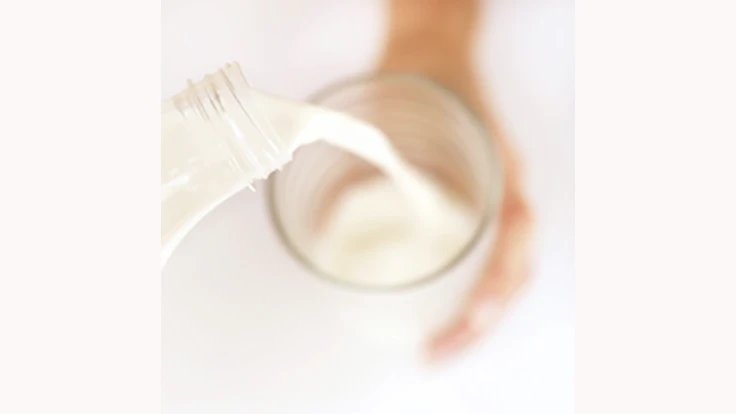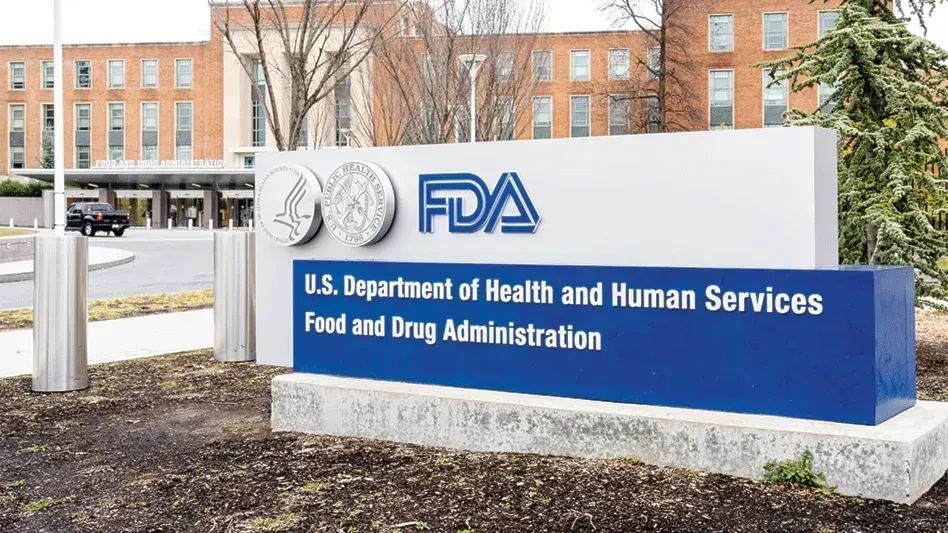
Although raw milk and cheese are consumed by less than 5% of the U.S. population, according to a CDC report, these unpasteurized products account for 96% of illnesses caused by contaminated dairy products. Thus, the report calculated, unpasteurized dairy products cause 840 times more illnesses and 45 times more hospitalizations than do pasteurized products.
With consumer demand for organic and natural foods (i.e., minimally processed foods) on the rise, the popularity of unpasteurized milk in the U.S. has been growing as well – but it also is raising public health concerns. This is because, in contrast to some perceptions, natural food products are not necessarily safer than conventional ones, as evidenced by higher rates of foodborne illnesses associated with unpasteurized dairy products.
The researchers estimated outbreak-related illnesses and hospitalizations caused by the consumption of cow’s milk and cheese contaminated with Shiga toxin–producing E. coli, Salmonella spp., Listeria monocytogenes, and Campylobacter spp. using a model relying on publicly available outbreak data. In the U.S., outbreaks associated with dairy consumption cause, on average, 760 illnesses/year and 22 hospitalizations/year, mostly from Salmonella spp. and Campylobacter spp.
As consumption of unpasteurized dairy products grows, the authors state, illnesses will increase steadily; a doubling in the consumption of unpasteurized milk or cheese could increase outbreak-related illnesses by 96%.
Pasteurization has greatly reduced the number of foodborne illnesses attributed to dairy products, and continuous efforts to reduce milk contamination pre- and post-pasteurization are further decreasing the disease burden. Yet, despite a decrease in dairy consumption in the United States, recent studies suggest that over the past 15 years the number of outbreaks associated with unpasteurized dairy products has increased. The fact that fewer states are prohibiting the sale of unpasteurized milk than in the past (20 in 2011 from 29 in 2004) is increasing availability – again raising public health concerns, especially because raw milk consumers include children.
With all these factors, the authors concluded, outbreak-related illnesses will increase steadily as unpasteurized dairy consumption grows, likely driven largely by salmonellosis and campylobacteriosis.
The study: Costard S, Espejo L, Groenendaal H, Zagmutt FJ. Outbreak-related disease burden associated with consumption of unpasteurized cow’s milk and cheese, United States, 2009–2014. Emerg Infect Dis. 2017 Jun [date cited]. https://dx.doi.org/10.3201/eid2306.151603
Latest from Quality Assurance & Food Safety
- Tecnologico de Monterrey Develops Nutraceutical Corn to Address Global Food Crisis
- Eurofins Healthcare Assurance Launches GMP Certification Program for Dietary and Food Supplements
- Calbee America Launches California R&D Innovation Center
- PepsiCo Completes Acquisition of Siete Foods
- Non-GMO Project Launches Non-Ultraprocessed Foods Verification
- FDA to Hold Webinar on Updated ‘Healthy’ Claim
- High-Tech Partnership Creates Natural Blue Color for Greener Tomorrow
- Kraft Heinz Hosts Innovation Challenge for Sustainable Packaging





